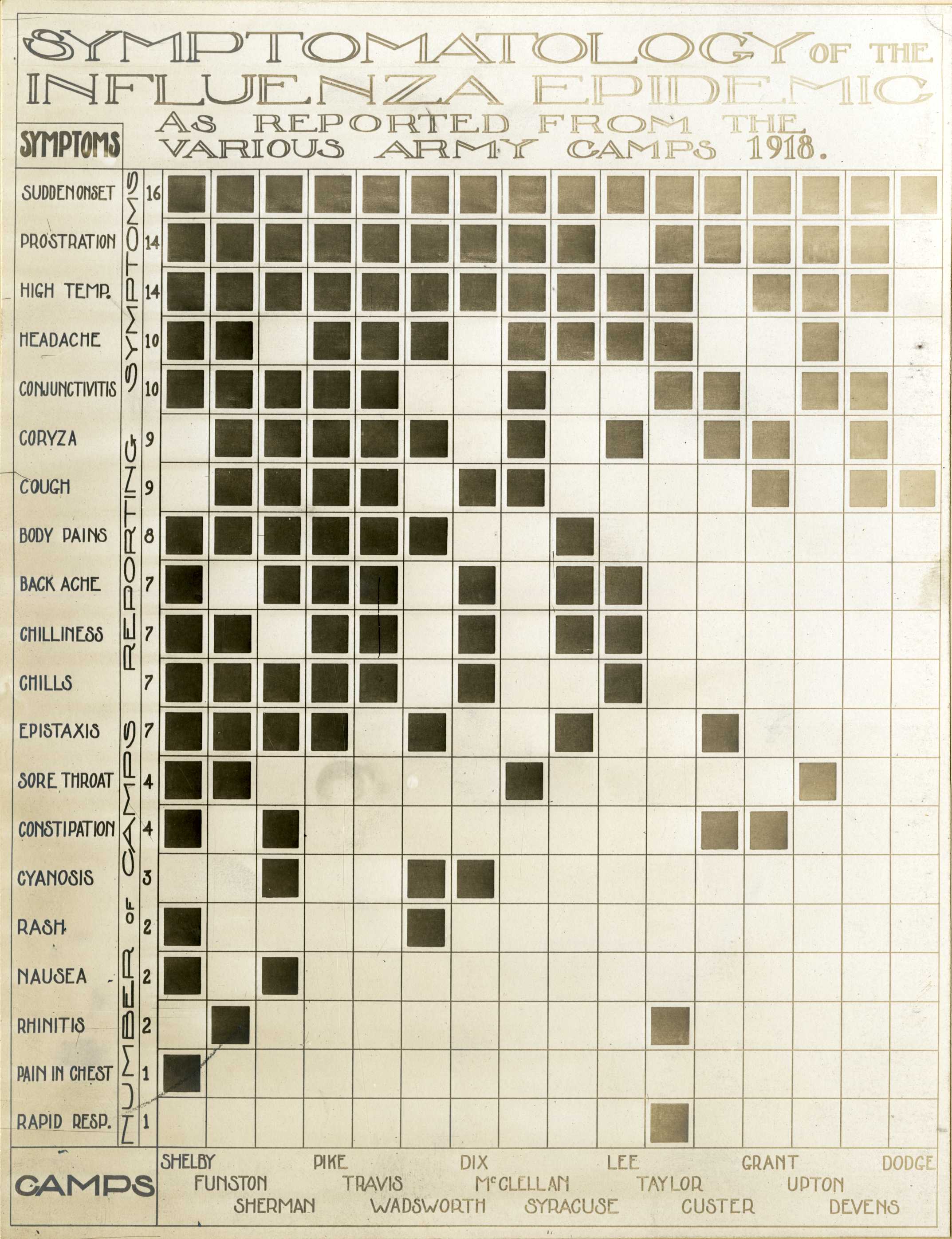
Photo from academic.microsoft.com
Background Continuous reference intervals (RIs) allow for more precise consideration of the dynamic changes of physiological development, which can provide new strategies for the presentation of laboratory test results. Our… Click to show full abstract
Background Continuous reference intervals (RIs) allow for more precise consideration of the dynamic changes of physiological development, which can provide new strategies for the presentation of laboratory test results. Our study aimed to establish continuous RIs using four different simulation methods so that the applicability of different methods could be further understood. Methods The data of alkaline phosphatase (ALP) and serum creatinine (Cr) were obtained from the Pediatric Reference Interval in China study (PRINCE), in which healthy children aged 0–19 years were recruited. The improved non-parametric method, the radial smoothing method, the General Additive Model for Location Scale and Shape (GAMLSS), and Lambda-Median-Sigma (LMS) were used to develop continuous RIs. The accuracy and goodness of fit of the continuous RIs were evaluated based on the out of range (OOR) and Akaike Information Criterion (AIC) results. Results Samples from 11,517 and 11,544 participants were used to estimate the continuous RIs of ALP and Cr, respectively. Time frames were partitioned to fulfill the following two criteria: sample size = 120 in each subgroup and mean difference = 2 between adjacent time frames. Cubic spline or penalized spline was used for curve smoothing. The RIs estimated by the four methods approximately overlapped. However, more obvious edge effects were shown in the curves fit by the non-parametric methods than the semi-parametric method, which may be attributed to insufficient sample size. The OOR values of all four methods were smaller than 10%. Conclusions All four methods could be used to establish continuous RIs. GAMLSS and LMS are more reliable than the other two methods for dealing with edge effects.
Journal Title: BMC Medical Research Methodology
Year Published: 2020
Link to full text (if available)
Share on Social Media: Sign Up to like & get
recommendations!